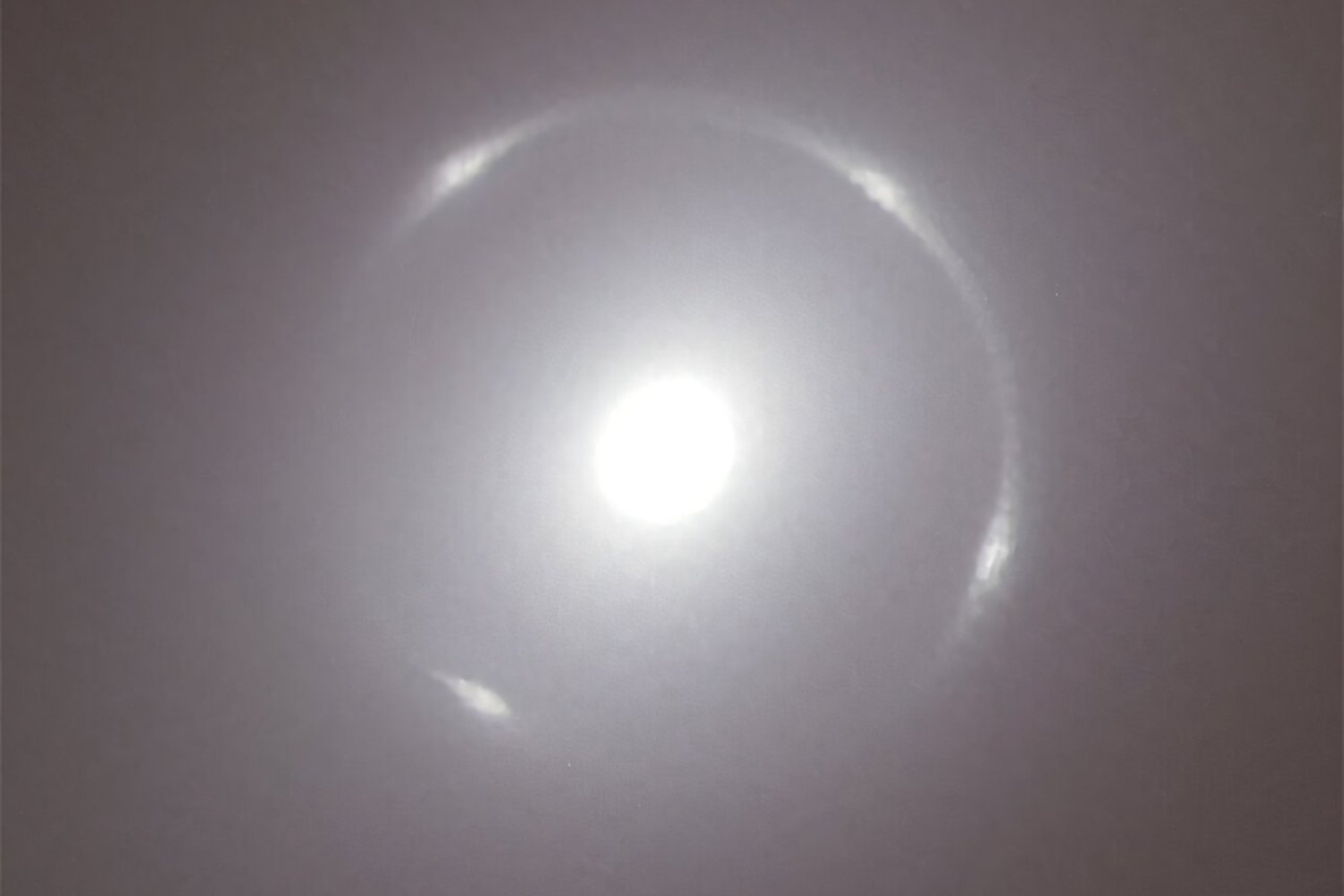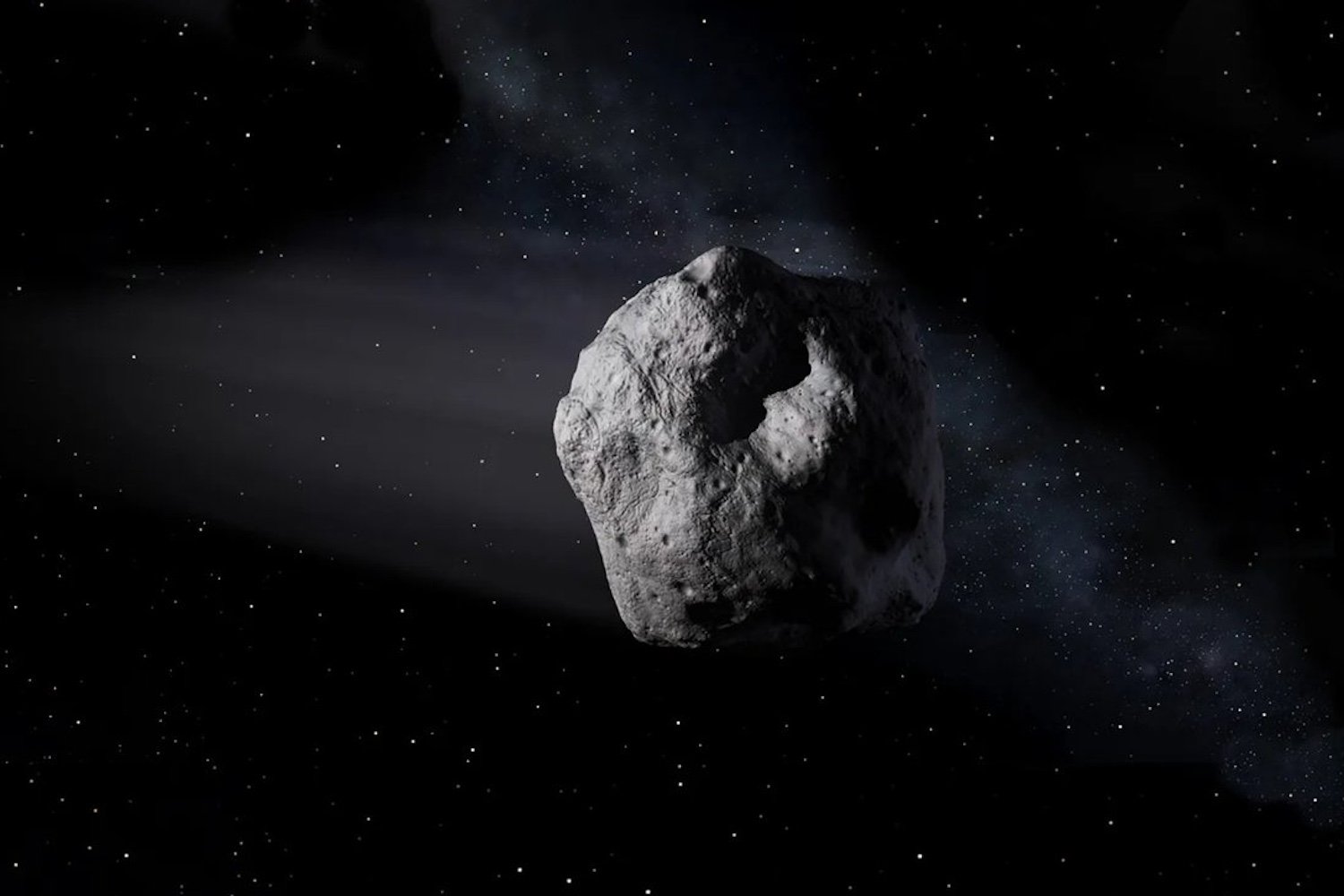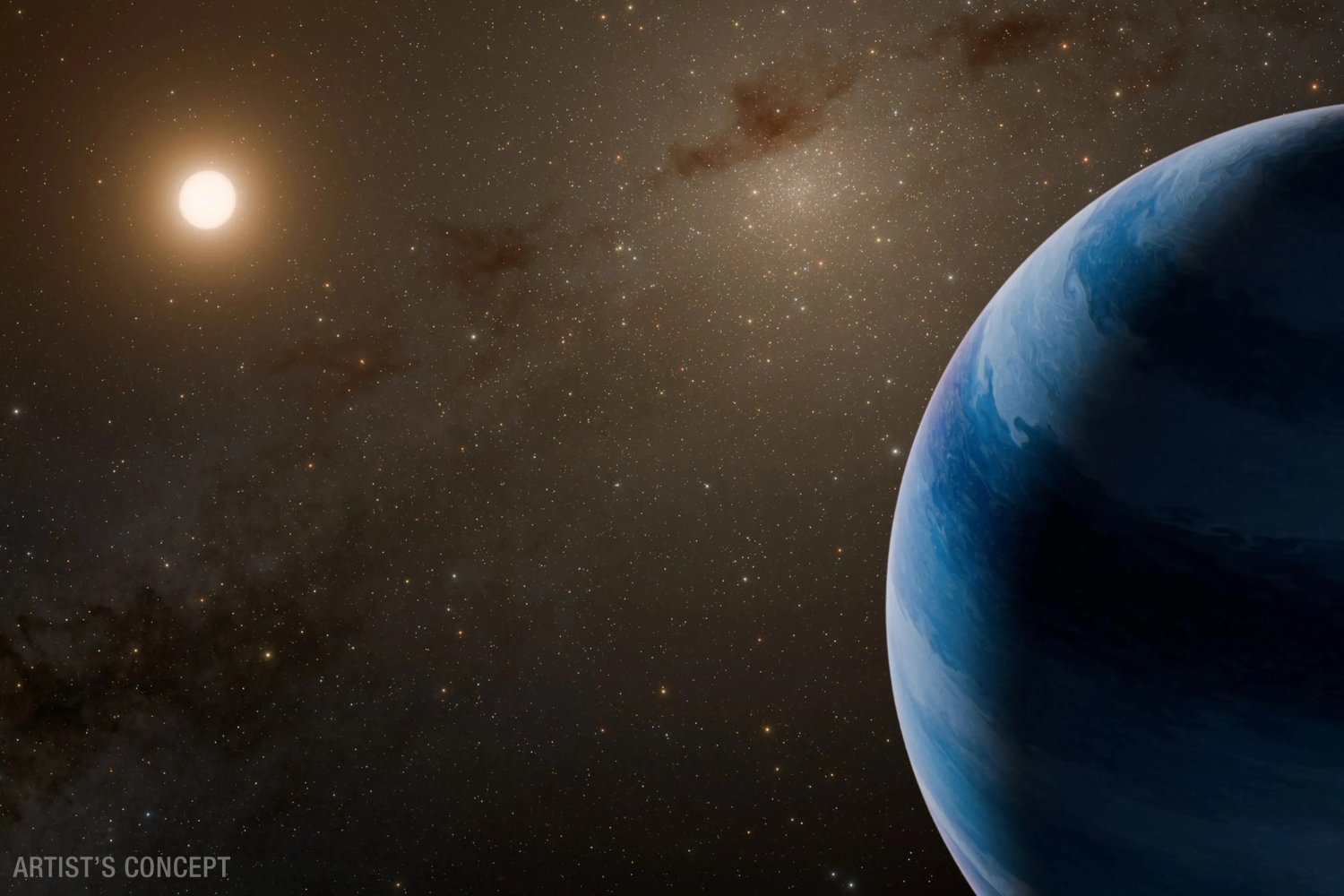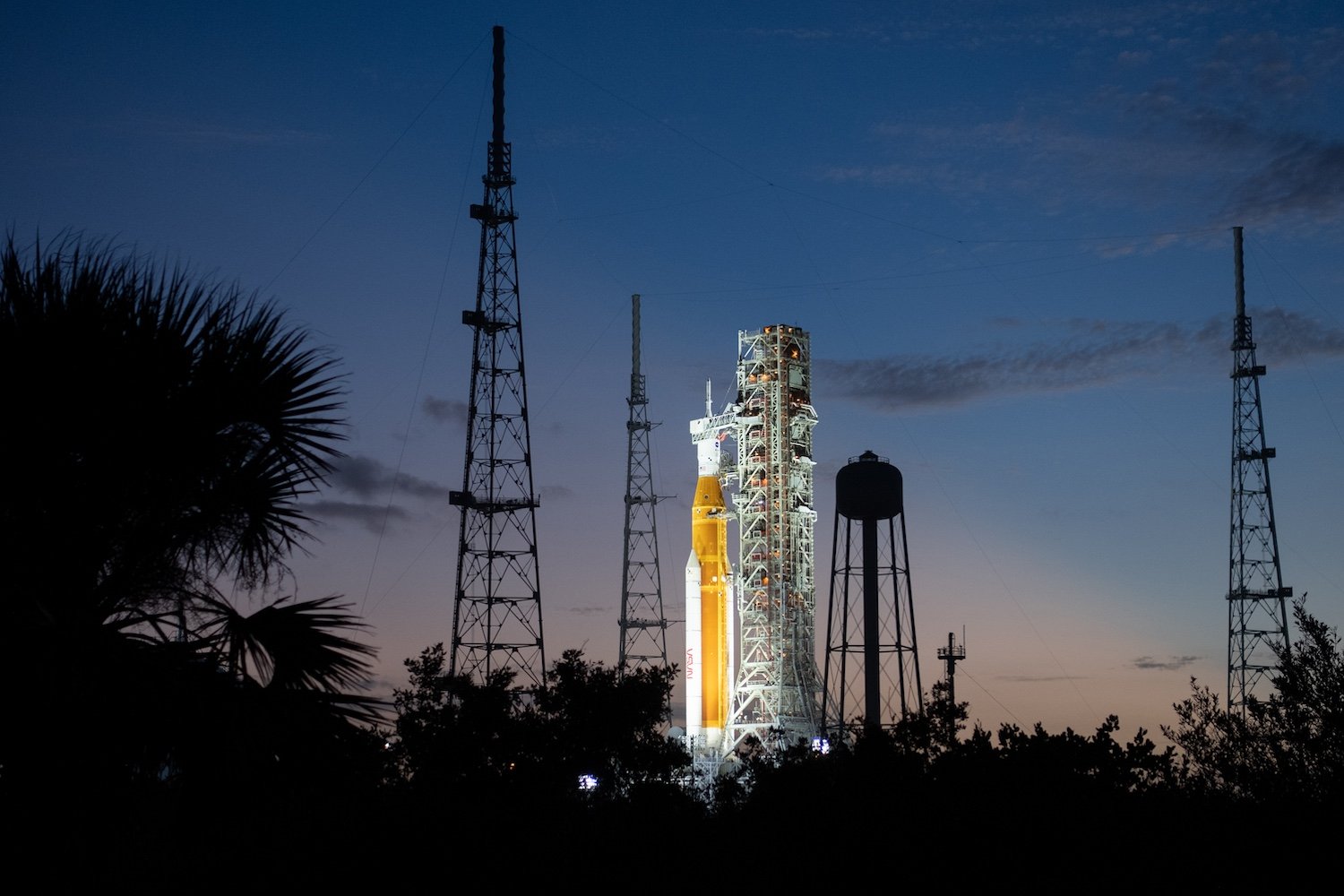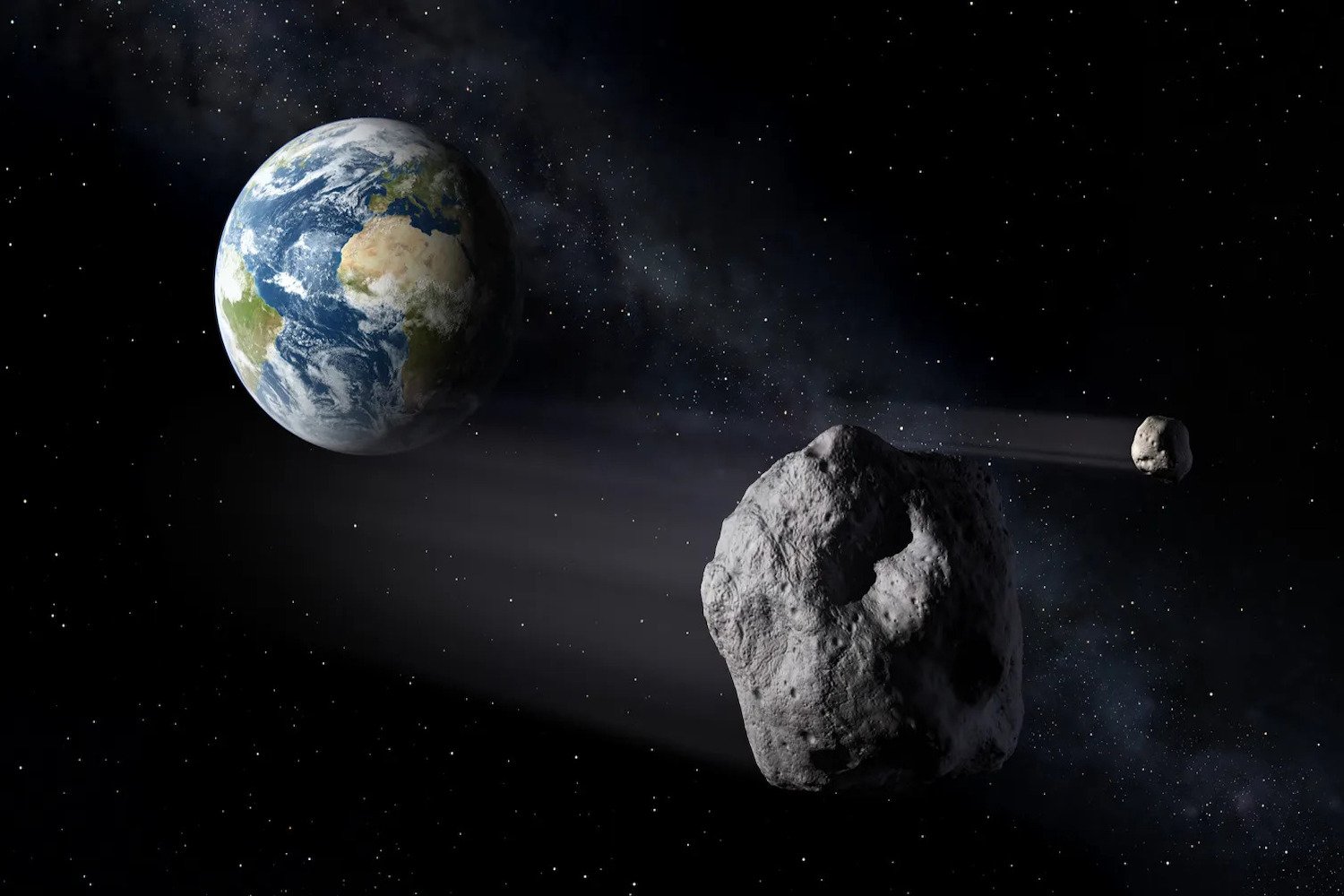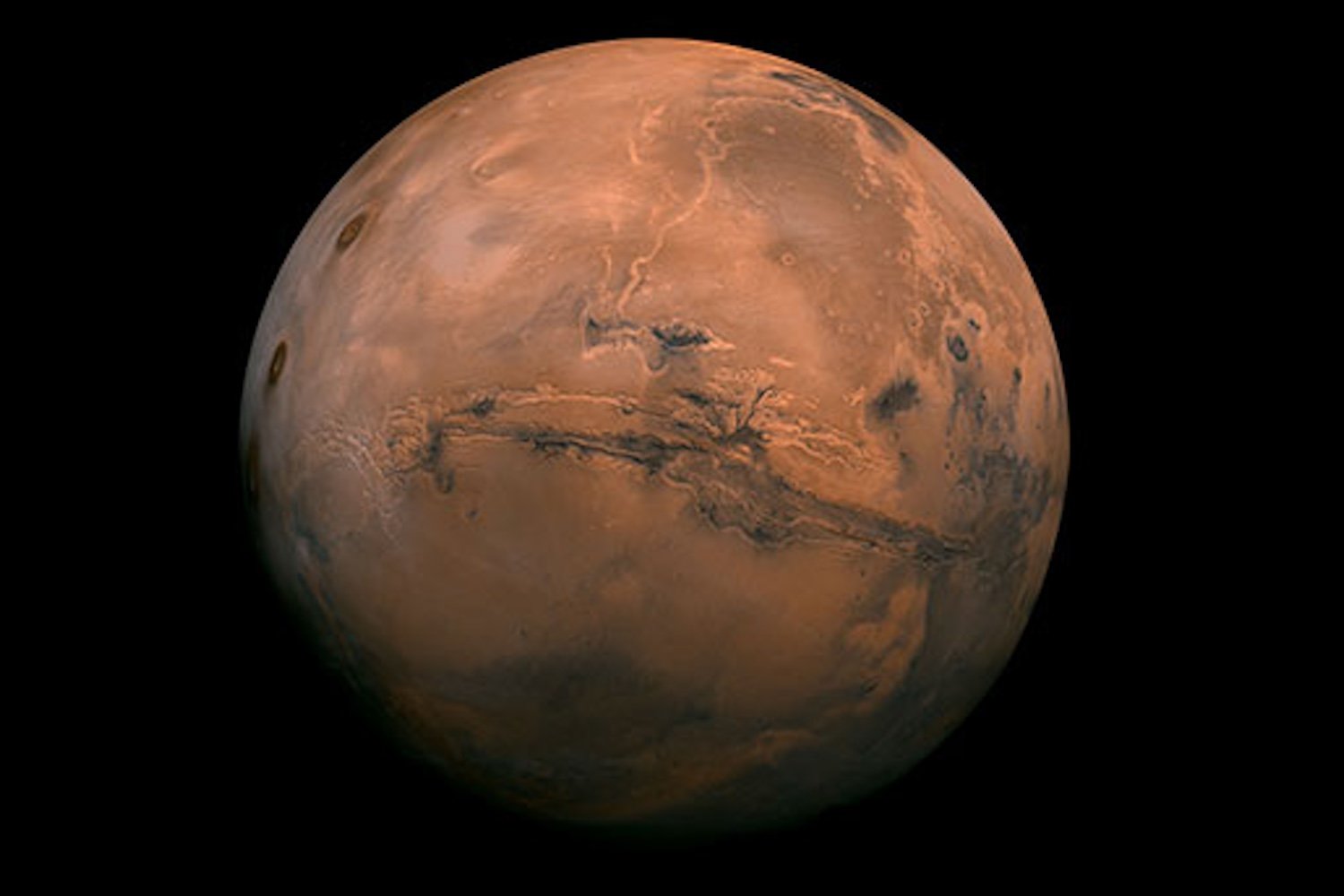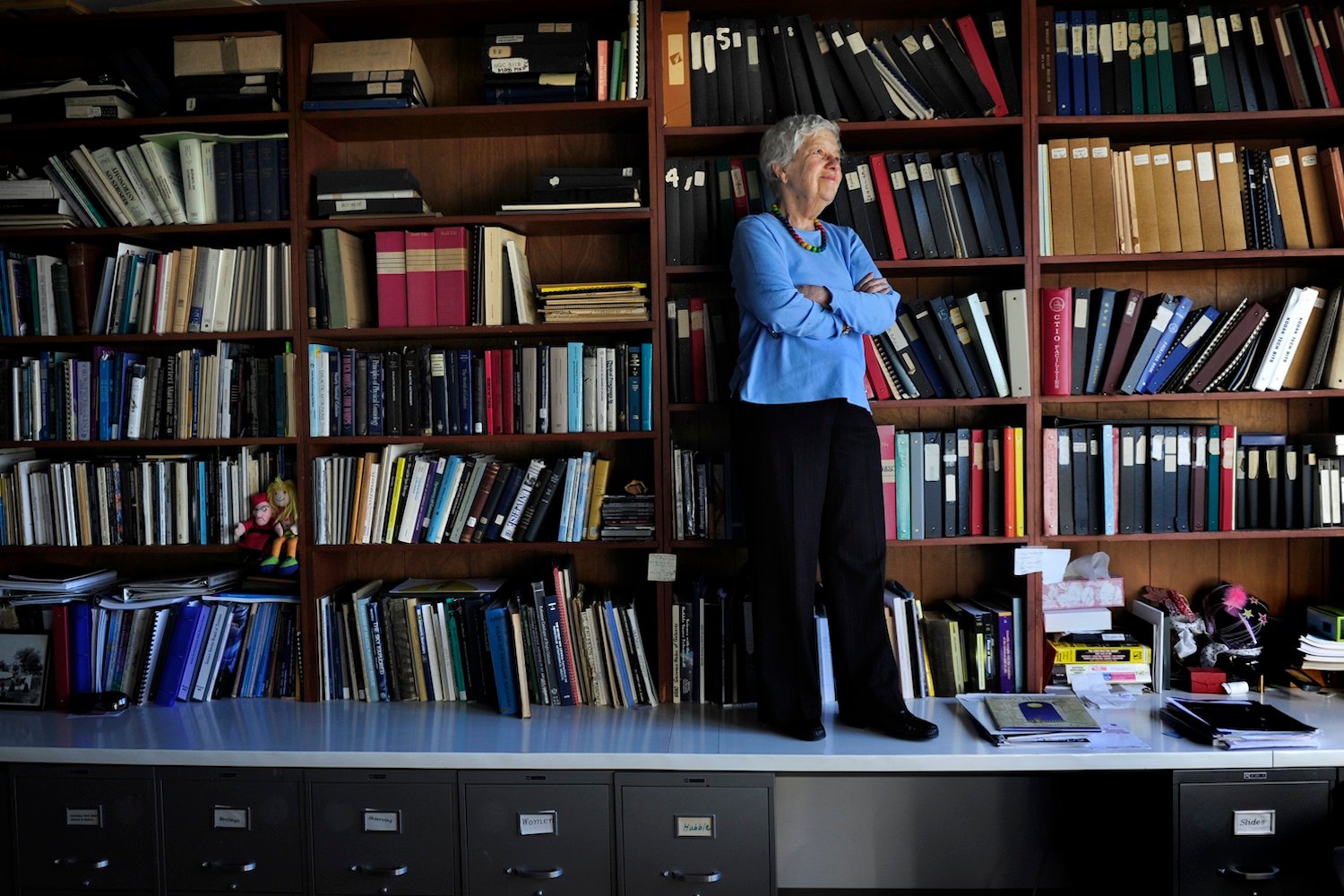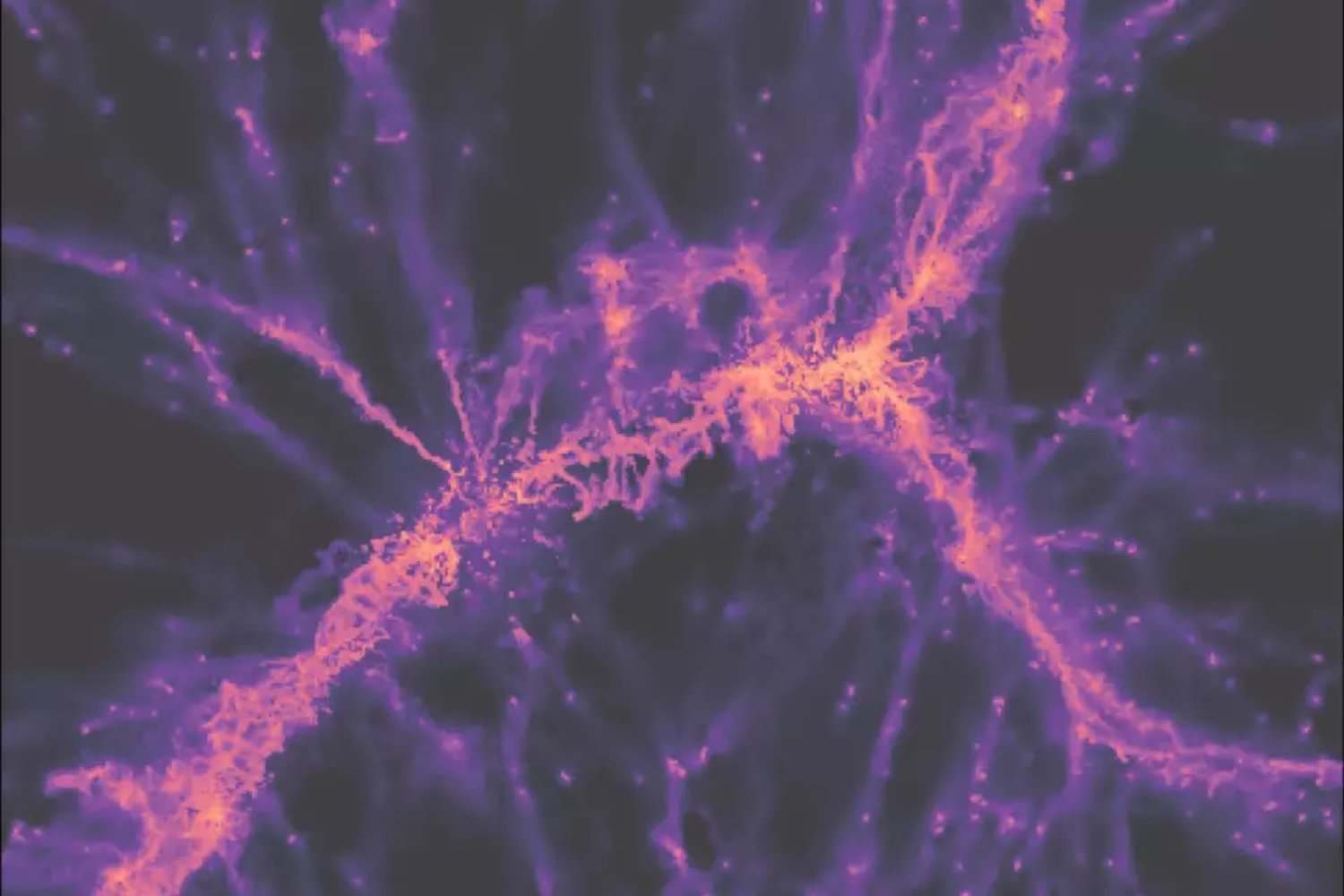The Euclid Space Telescope, with its $1.4 billion price tag, has captured a remarkable image of an Einstein Ring during its early testing phase. This stunning phenomenon, located in the galaxy NGC 6505 approximately 590 million light-years from Earth, demonstrates the telescope’s impressive high-resolution imaging capabilities. The discovery, detailed in a recent study published in Astronomy and Astrophysics, highlights the power of gravitational lensing and Euclid’s potential for future discoveries.
This Einstein Ring is formed by the distortion of light as it travels through the universe and encounters powerful gravitational fields. Euclid’s advanced technology allows for a remarkably clear view of this distant, yet relatively close in cosmic terms, phenomenon. Conor O’Riordan, an astrophysicist at the Max Planck Institute for Astrophysics and lead author of the research, stated in an ESA release that “All strong lenses are special, because they’re so rare, and they’re incredibly useful scientifically. This one is particularly special, because it’s so close to Earth and the alignment makes it very beautiful.”
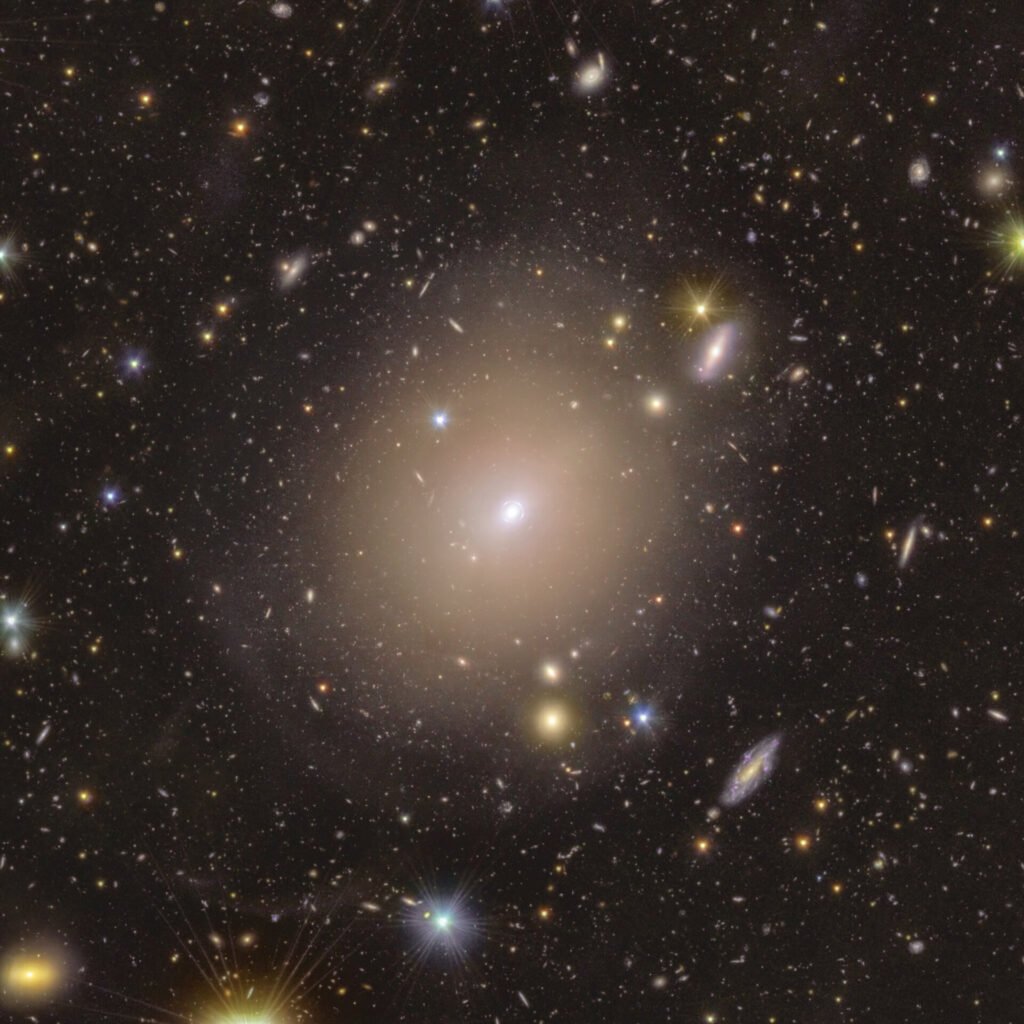 Alt text: An image of an Einstein Ring, a perfect circle of light warped around a central galaxy, captured by the Euclid Space Telescope. This cosmic phenomenon occurs due to gravitational lensing, where the gravity of the foreground galaxy bends the light from a more distant background galaxy.
Alt text: An image of an Einstein Ring, a perfect circle of light warped around a central galaxy, captured by the Euclid Space Telescope. This cosmic phenomenon occurs due to gravitational lensing, where the gravity of the foreground galaxy bends the light from a more distant background galaxy.
What are Einstein Rings?
Einstein Rings are a specific type of gravitational lens, a region of spacetime where gravity bends and refocuses light. This bending magnifies the light from distant sources, allowing telescopes like Euclid to observe objects otherwise too faint to see. Gravitational lenses can distort light into various shapes, including arcs and lines. An Einstein Ring is a unique and rare occurrence where the light is warped into a perfect circle.
Previous Discoveries and Euclid’s Role
While numerous Einstein Rings have been observed by other telescopes like the Webb Space Telescope and the Nordic Optical Telescope, the discovery of this particular ring by Euclid is significant. The galaxy NGC 6505, known to scientists since 1884, had never before revealed this hidden treasure, emphasizing the potential for new discoveries with advanced technology.
Euclid’s first scientific images, released in November 2023, demonstrated its capabilities, rivaling even the Webb telescope in deep space observation. However, Euclid’s primary mission differs from Webb’s broader scope. While Webb explores various phases of the universe, Euclid focuses specifically on the “dark universe,” the estimated 95% of the cosmos composed of dark matter and dark energy.
 Alt text: A comparison image showcasing the superior resolution of the Euclid Space Telescope compared to ground-based observations. The Euclid image reveals significantly more detail in a section of the sky.
Alt text: A comparison image showcasing the superior resolution of the Euclid Space Telescope compared to ground-based observations. The Euclid image reveals significantly more detail in a section of the sky.
Euclid’s Expanding View of the Cosmos
In May 2024, the Euclid team released additional images, showcasing sharpness four times greater than ground-based telescopes and including the largest images of space taken from space. Furthermore, in October, ESA revealed a massive 208-gigapixel image composed of approximately 14 million galaxies from 260 Euclid observations, a small part of what will eventually become the largest 3D map of the cosmos.
A Promising Future for Euclid
Currently, fewer than 1,000 strong lenses are known. Euclid is projected to discover around 100,000 more throughout its mission. The recent Einstein Ring discovery highlights Euclid’s potential for groundbreaking discoveries in the realm of dark matter and dark energy, ultimately benefiting our understanding of the universe. This remarkable image is just a glimpse of the exciting discoveries that await as Euclid continues its exploration of the cosmos.



